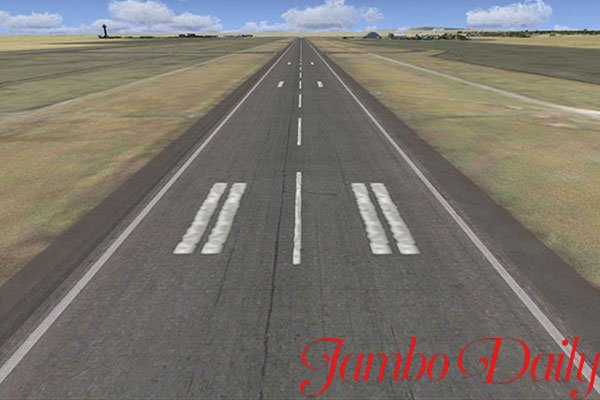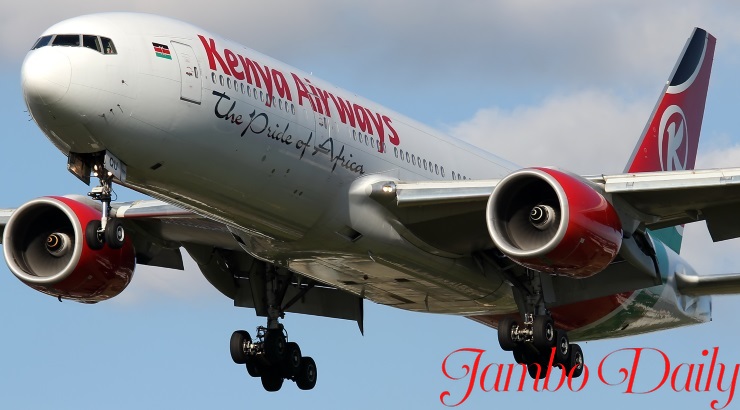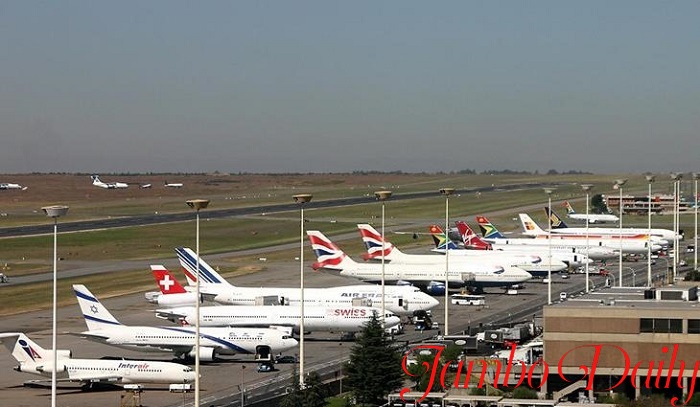
Why JKIA’s Second Runway Project Failed to Take Off
Plans to set up the JKIA’s Second Runway Project were first unveiled in 2013. This was part of the efforts to help Kenya become a regional transport center.
Despite the African Development Bank’s (AfDB) acceptance of a Sh16.5 billion loan to finance the project, the long-awaited construction of a new runway at Nairobi’s Jomo Kenyatta International Airport (JKIA) was postponed indefinitely and has not commenced to date.
What Stalled the Project?

The Ministry of Transport stated in May 2018 that the government was considering its economic viability before starting construction on the “capital intensive endeavor.”
Construction was set to begin by the end of June 2018, and more than 50 local and international companies had already submitted bids.
Read Most Expensive Roads in Kenya.
“The project has not been canceled.” “Right now, we’re debating the whole economic value of this project in comparison to other factors,” said Transport Principal Secretary Paul Maringa.
“This is a large-scale investment project, and we need to be certain of its worth before we get started, just to make sure we get it properly.”
The Kenya Airports Authority (KAA) received funds from the African Development Bank (AfDB) for the project in November 2017. The bank authorized a loan of Sh16 billion, with the Kenyan government contributing 20% of the entire cost. But 5 years down the line, the project has stalled.
Construction Kenya reported in February 2018 that the AfDB was poised to pull out of the arrangement because the government had failed to provide a defined strategy for raising the remaining funds for the Sh37 billion project.
KAA intended to utilize a portion of the AfDB financing to employ a consultant to prepare an impact study for the large-scale project.
“The KAA has been unable to complete this audit since the AfDB has refused to disburse the first tranche of the loan, causing the project to be delayed,” Construction Kenya stated.
Following the loan’s clearance in November 2017, the KAA said that work on the second runway would begin in the second half of 2018, allowing the airport to handle larger planes flying intercontinental routes.
The projected JKIA’s Second Runway, which was designed with AfDB funding was to be 4.8 kilometers long and 75 meters wide, a major upgrade over the current runway, which is 4.2 kilometers long and 60 meters wide and was built in the 1970s.
But as it seems, the project has been abandoned by the ministry with no signs of reconsideration.
The Wake-Up Call

As a wake-up call, in February 2022, services at JKIA were paralyzed at JKIA after a Fly 540 aircraft stalled on the runway for almost four hours, forcing the airport management to redirect planes to other airports in Mombasa, Uganda, and Tanzania.
The Star reported that…At around 5 p.m., a Fly540 Dash 8-300 aircraft developed a nose wheel steering jam while entering the runway from one of the taxiways at Jomo Kenyatta International Airport.
Some 15 planes were diverted to Mombasa, Kilimanjaro, Entebbe, and Dar es Salaam as a result of the event, while four flights were canceled. Nine flights to Mombasa, three to Kilimanjaro, two to Entebbe, and one to Dar es Salaam were rerouted.
The planes landed at JKIA many hours later. Many passengers were stranded until operations began at 9.30 a.m.
Many of those affected resorted to social media to express their dissatisfaction with the slow response. Others questioned how and why JKIA is only operating one runway with its current status.
Read Schools Offering Aviation Courses in Kenya
What’s Next for JKIA’S Second Runway?
The JKIA’S Second Runway project cancellation would be the ministry’s second failed major AfDB-funded initiative at the JKIA.
The Green Field Terminal project was shelved in 2016 because it was discovered that the facility would provide little value for money and that the funds would be better spent on a second runway.
As of 2020, JKIA, East Africa’s busiest airport, was estimated to be handling more than 17 million passengers annually.
